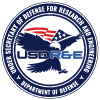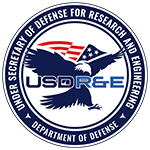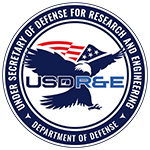DoD CTO: Collaboration enriches S&T ecosystem, makes ambitious competitors 'think twice' before aggressive actions
NEWS RELEASE: September 13, 2023
Collaborating with the defense science and technology community at each phase of the innovation process is key to deter and defeat aggressive actions, Under Secretary of Defense for Research and Engineering Heidi Shyu said during a fireside at the National Defense Industry Association's Emerging Technology Institute's Conference and Exhibition in Washington, D.C., August 29.
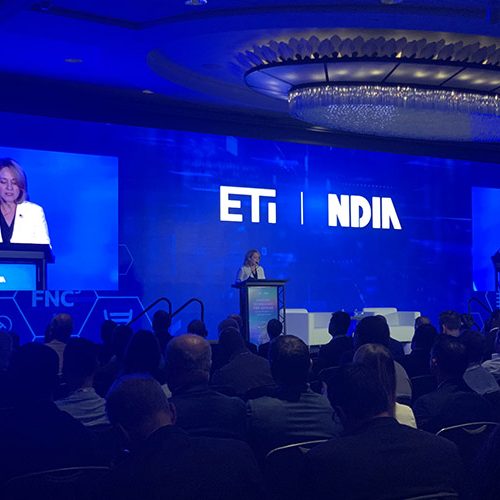
In the hour-long discussion, Shyu spoke about R&E's efforts to achieve the Department of Defense's priority of keeping a free and open Indo-Pacific by delivering integrated world-class systems and capabilities to those at the frontlines.
These efforts, guided by the Department's National Defense Science and Technology Strategy - released this summer - focus on three main lines-of-effort: supporting the joint mission, creating and fielding capabilities at speed and scale, and ensuring foundations for research and development of future military needs.
Through the use of proven business practices like constant and open communication with stakeholders, while exploring new and promising initiatives like the Rapid Defense Experiment Reserve and Accelerate the Procurement and Fielding of Innovative Technologies programs, R&E has already delivered results that will support the Department's drive for world-class Joint All-Domain Command and Control capabilities, Shyu said.
To ensure integrated capabilities, Shyu said she regularly meets with leaders like the head of U.S. Indo-Pacific Command, Adm. John Aquilino, and other nations' defense S&T representatives, like her Australian counterpart, Prof. Tanya Monro, to discuss progress on the development of capabilities troops from both nations.
"We can talk about anything, classified things that are ongoing, so [they know] what I'm working on," she said. "This type of dialogue is incredibly important."
The conversations also extend to University-Affiliated Research Centers, Laboratories and Federally Funded Research and Development Centers. Shyu frequently visits to hear about the latest scientific research and share with scientists and researchers the capabilities the Department and Joint Force prioritize, Shyu added.
As Shyu identifies the most critical military needs, delivering those capabilities at speed and scale to meet rapidly changing technologies is also on her mind, and programs like RDER and APFIT are helping capabilities in their infancy reach Warfighters at a quicker pace.
Examples of the successes Shyu cited include the speed with which the prototypes used at RDER's Technology Readiness Experimentation earlier this year were implemented into Northern Edge for further assessments and how some of those same prototypes will be a part of the discussions in Deputy's Management Action Group meetings - chaired by Deputy Secretary of Defense, Dr. Kathleen Hicks and Vice Chairman of the Joint Chiefs of Staff, Adm. Chris Grady - to determine which will move forward and into the hands of warfighters.
"It's scenario based," Shyu said of RDER." We focus on, for example, things like contested logistics, things that will enable joint command and control. We have a list of projects that are ready to go into fielding."
Additionally, APFIT - in its second year - has funded $250 million to more than 20 small businesses to fill critical capabilities gaps for the Department. One of those companies, Shyu pointed out, delivered critical capabilities in just 11 months using APFIT funding, helping the Department expand its military advantage over near-peer competitors.
Shyu also toured the exhibit floor later that day to meet with representatives from some of the companies programs like RDER and APFIT are looking to help integrate into the defense ecosystem. Meetings like these are especially critical, Shyu added, because they build the relationships that will enable small businesses survive the valleys of death in defense innovation.
Just as R&E helps DoD achieve its near-term objectives, it also looks ahead to the challenges of decades to come by building a strong science and technology workforce to draw upon through programs that enable and empower current and future scientists. One such program is the DoD SMART Scholarship, which awards STEM students between $30,000 and $46,000 annually at any U.S. accredited post-secondary institution, along with interest-specific summer internships and culminates in job opportunities at a DoD-affiliated research laboratory, engineering center, and other Defense facilities.
"I spoke about the DoD SMART Scholarship recently at a visit to the University of Texas at Rio Grande Valley, and by the time I was finished, the line to get more information for it was out the door," Shyu said.
Whether in the short or long term, R&E's practices will enable a stronger deterrence and warfighting capabilities that will make ambitious competitors "think twice" about initiating hostile actions, Shyu added.
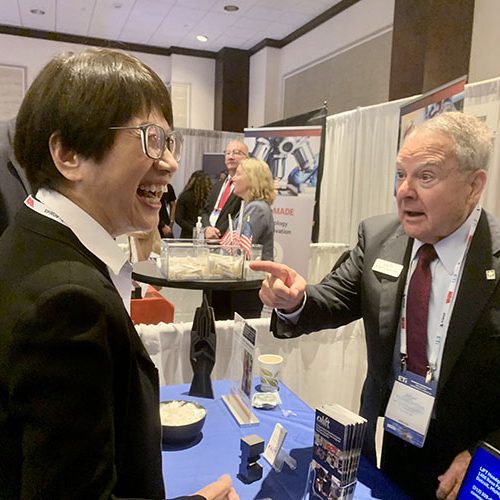
Office of the Under Secretary of Defense,
Research and Engineering (OUSD(R&E))
3030 Defense Pentagon, Washington, DC 20301-3030
Contact Us
Contact Us
Information for the USD(R&E):
Contact OUSD(R&E) Staff
Social Media: @DoDCTO on Twitter
For website issues: Contact Webmaster
